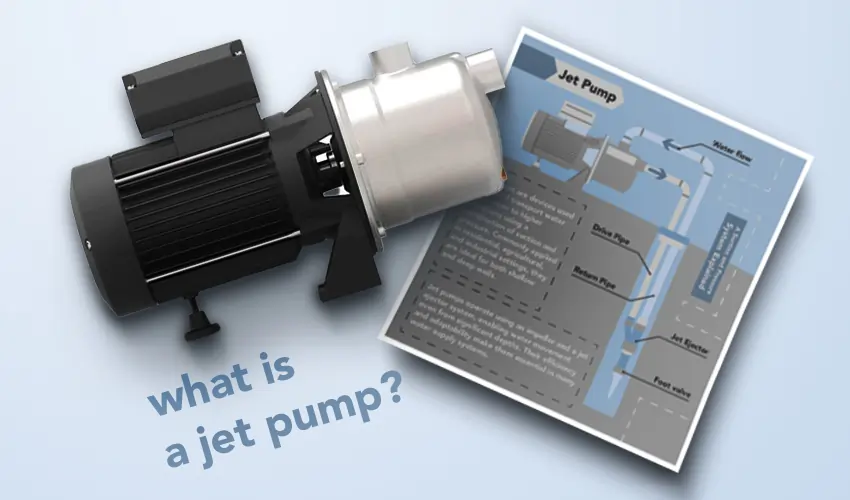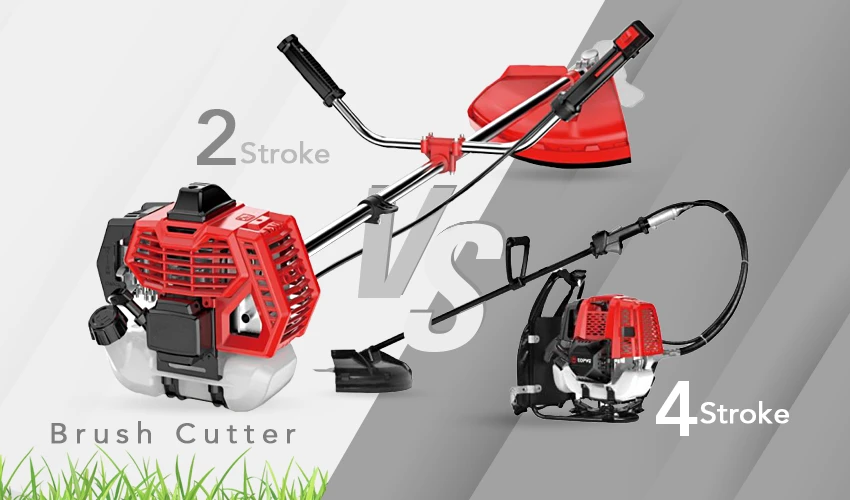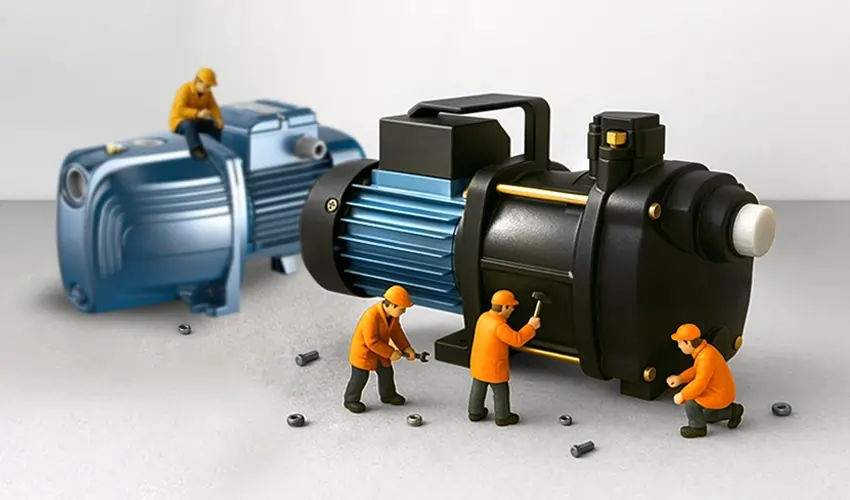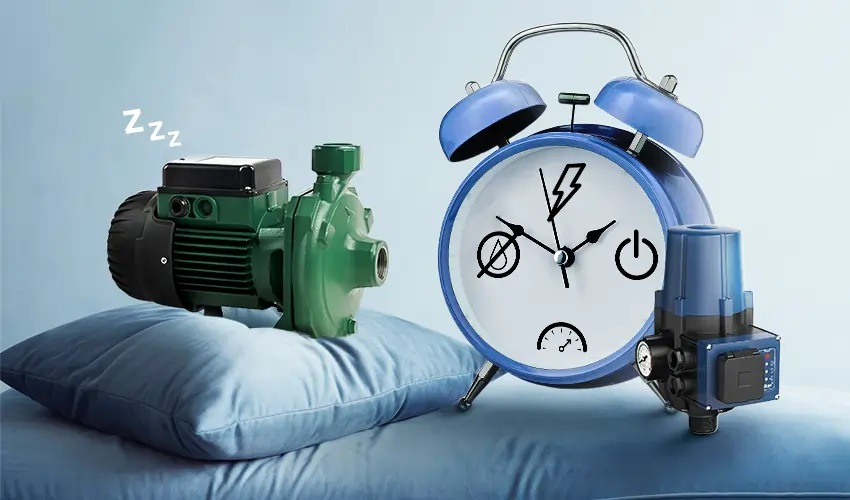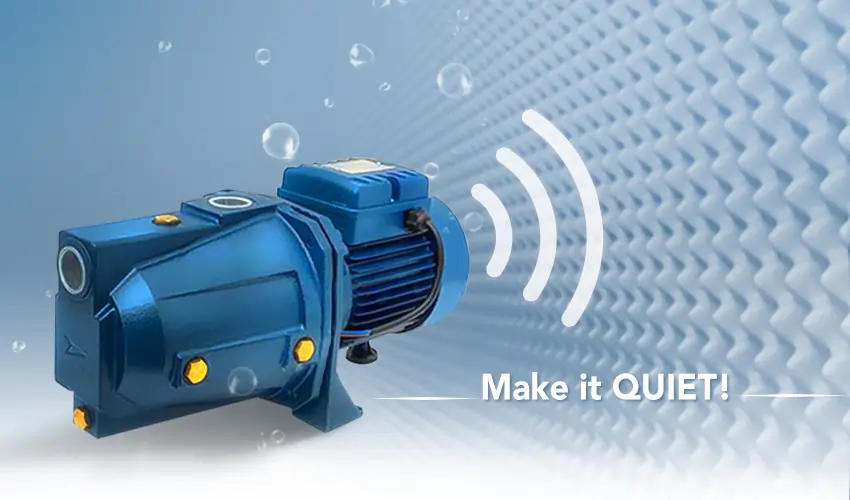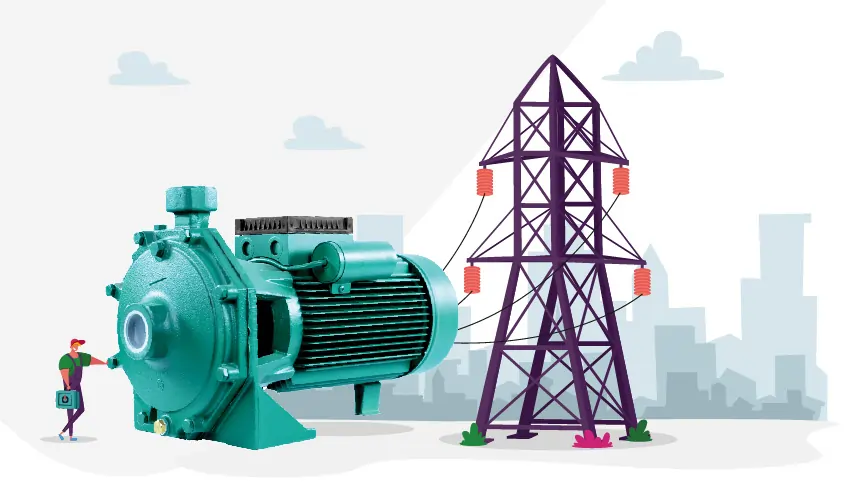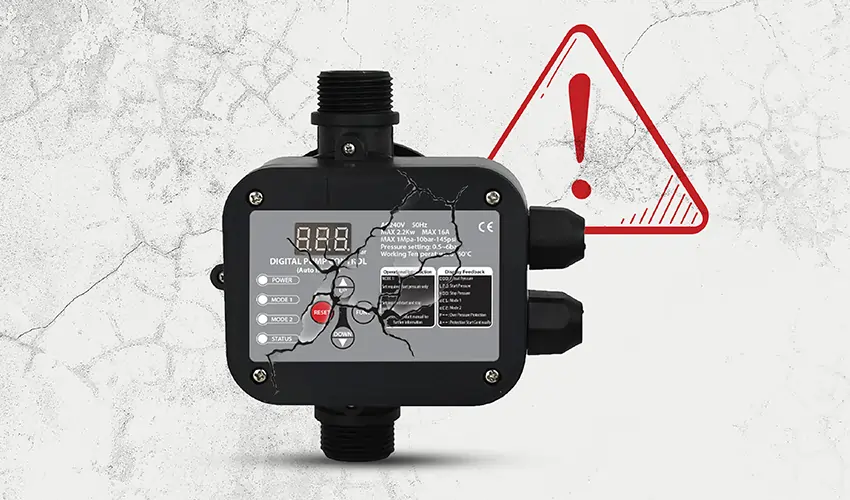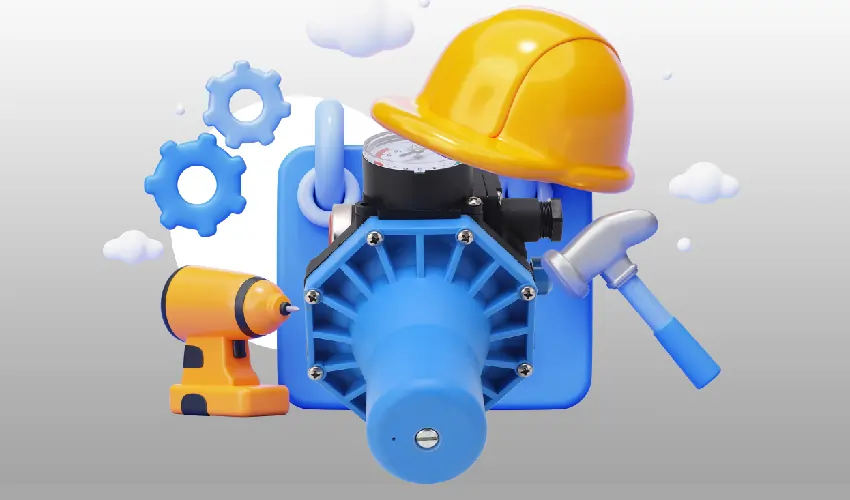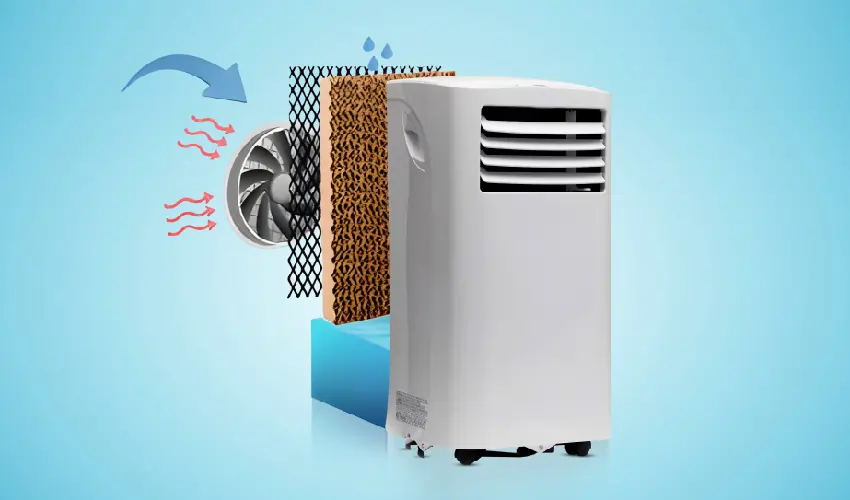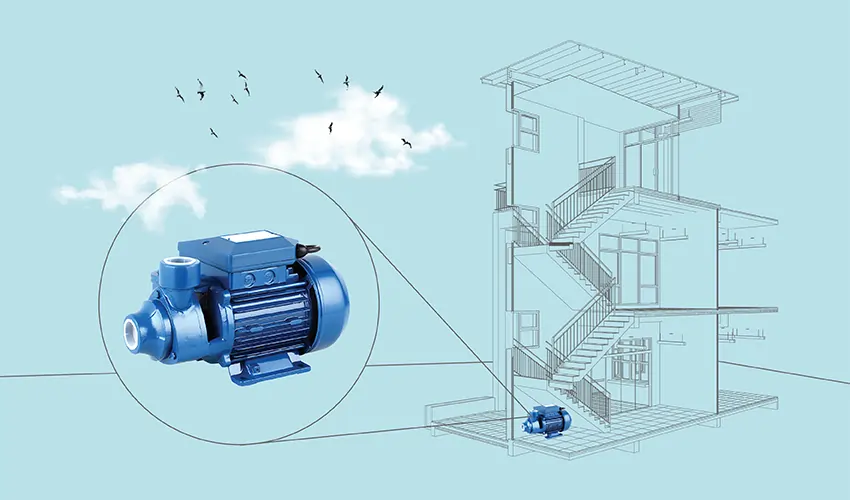What Is a Jet Pump?
Discover the power of elevation with jet pumps; versatile devices designed to lift and transport fluids, especially water, from lower to higher points. From shallow wells to deep sources, these pumps operate on a clever principle, making them indispensable for applications ranging from residential water supply to industrial processes. Uncover the efficiency and adaptability of jet pressure pump, essential tools in ensuring fluid movement where it’s needed most.
Jet Pump Introduction Video
What Is a Jet Pump Definition?
A jet pump is a type of pump used to lift and transport fluids, typically water, from a lower to a higher elevation. Unlike centrifugal pumps that rely solely on impeller action, jet pumps use a combination of suction and pressure to draw and move fluids. There are two main types of jet pumps: shallow well jet pumps and deep well jet pumps. Shallow well jet pumps are suitable for water sources close to the surface, while deep well jet pumps are designed for deeper wells. Jet pumps are commonly used in residential, agricultural, and industrial settings for various water supply applications. What is jet pump used for Jet water pumps are versatile devices commonly used for various water supply applications, particularly in residential, agricultural, and industrial settings. Here are some common uses of jet pumps:
1. Water Well Pumping: Jet pumps are frequently used for drawing water from wells, both shallow and deep. Shallow well jet pumps are suitable for water sources close to the surface, while deep well jet pumps are designed for deeper wells.
2. Residential Water Supply: In residential settings, jet pumps are employed to supply water to homes, particularly in areas where the water source is at a lower elevation than the dwelling. 3. Irrigation Systems: Jet pumps are used to pressurize water for irrigation purposes, providing sufficient pressure to distribute water to crops and gardens.
4. Commercial and Industrial Applications: Jet pumps find applications in various commercial and industrial settings, such as supplying water for manufacturing processes, cooling systems, or other production needs.
5. Booster Systems: Jet pumps can be part of booster systems to increase water pressure in buildings or areas with inadequate water pressure from the main supply.
6. Water Transfer: Jet pumps are used to transfer water from one location to another, especially when the water needs to be moved uphill.
7. Fountains and Water Features: In landscaping and decorative applications, jet pumps are used to create water features, fountains, or other aesthetic water displays.
8. Agricultural Applications: Jet pumps are utilized in agriculture for tasks such as providing water to livestock or pressurizing water for crop spraying systems.
9. Emergency Backup: Jet pumps can serve as emergency backup systems in areas where power outages may affect regular water supply. Some jet pumps can be powered by alternative sources such as generators.
10. Remote Locations: In remote or off-grid locations where access to a reliable power source may be limited, jet pumps can be a practical solution for water supply.
How Does a Jet Pump Work?
A jet pump works on the principle of creating a pressure difference to lift and move fluids, typically water, from a lower to a higher elevation. There are two main types of jet pumps: shallow well jet pumps and deep well jet pumps. Here’s an overview of how each type works:
1. Shallow Well Jet Pump
- Suction Process: Water is drawn into the pump through an intake or suction pipe from a shallow well or other water source. This is typically located close to the pump. A single pipe system is used for both drawing water and creating pressure.
- Impeller Action: An impeller, a rotating disk with vanes, accelerates the water, creating a flow of pressurized water.
- Jet Action: The pressurized water is then forced through a jet nozzle. The jet nozzle is designed to create a low-pressure area, which induces a suction action.
- Suction Lift: This suction action helps lift more water from the well, enhancing the overall efficiency of the pump.
- Delivery: The pressurized water is delivered to the plumbing system or storage tank.
2. Deep Well Jet Pump
- Two-Pipe System: Deep well jet pumps use a two-pipe system: one pipe for drawing water from the well and another for recirculating water. A jet assembly is typically installed in the well, allowing for efficient water lifting from greater depths.
- Suction Process: Similar to the shallow well jet pump, water is initially drawn into the pump through the suction pipe.
- Impeller Action: The impeller accelerates the water, pressurizing it.
- Jet Action: The pressurized water is directed through a jet assembly in the well, creating a low-pressure zone that induces the suction of more water.
- Delivery: The combined pressurized water from the pump and the water drawn from the well are delivered to the plumbing system or storage tank.
Jet pumps often rely on electric motors for power, and some models may include automatic controls to regulate pressure and ensure efficient operation. It’s important to note that the depth of the well and the specific design of the jet pump will determine whether a shallow well or deep well jet pump is more suitable for a given application. Additionally, proper sizing and installation are crucial for optimizing the performance of jet pumps.
Conclusion
In conclusion, a jet pump is a versatile device used to lift and move fluids, commonly water, from a lower to a higher elevation. Operating on the principle of creating a pressure difference, jet pumps come in two main types: shallow well jet pumps, suitable for water sources close to the surface, and deep well jet pumps, designed for deeper wells.
These pumps play essential roles in various applications, including residential water supply, irrigation, commercial and industrial processes, and emergency backup systems. Their simplicity, efficiency, and adaptability make jet pumps valuable in providing water solutions across different environments.

